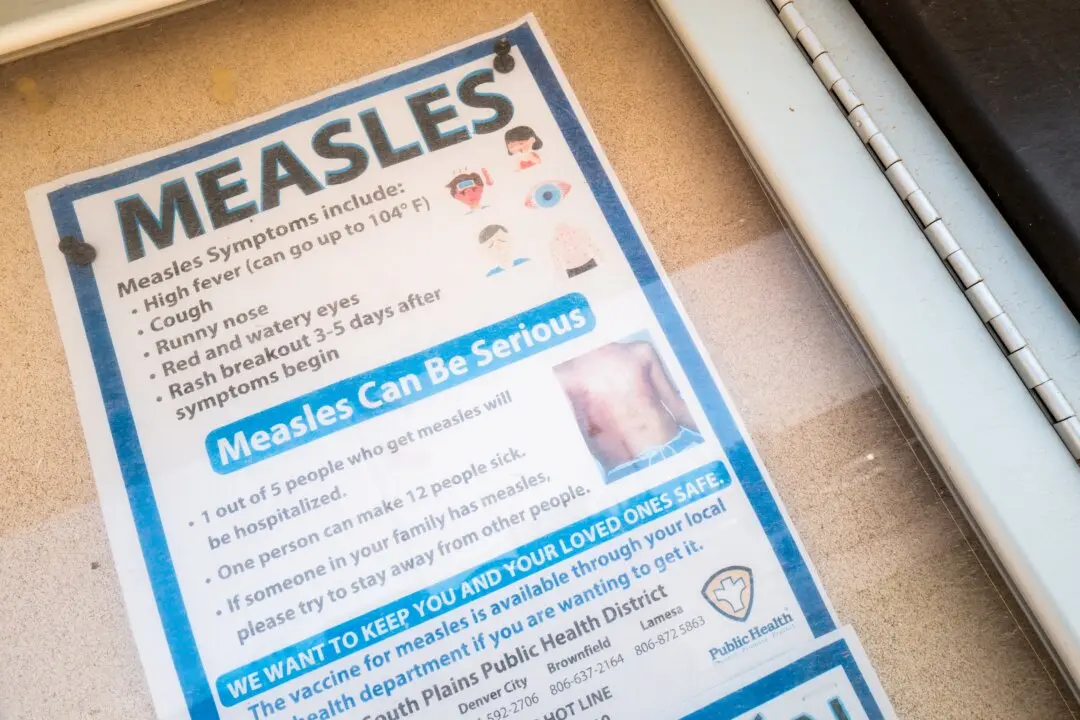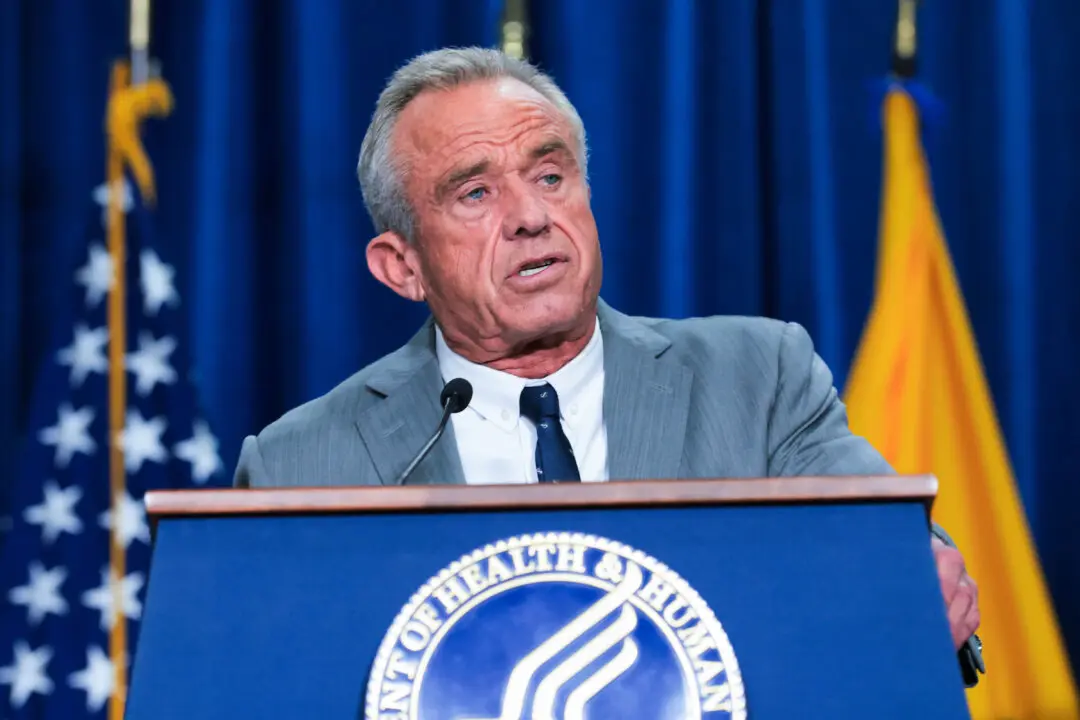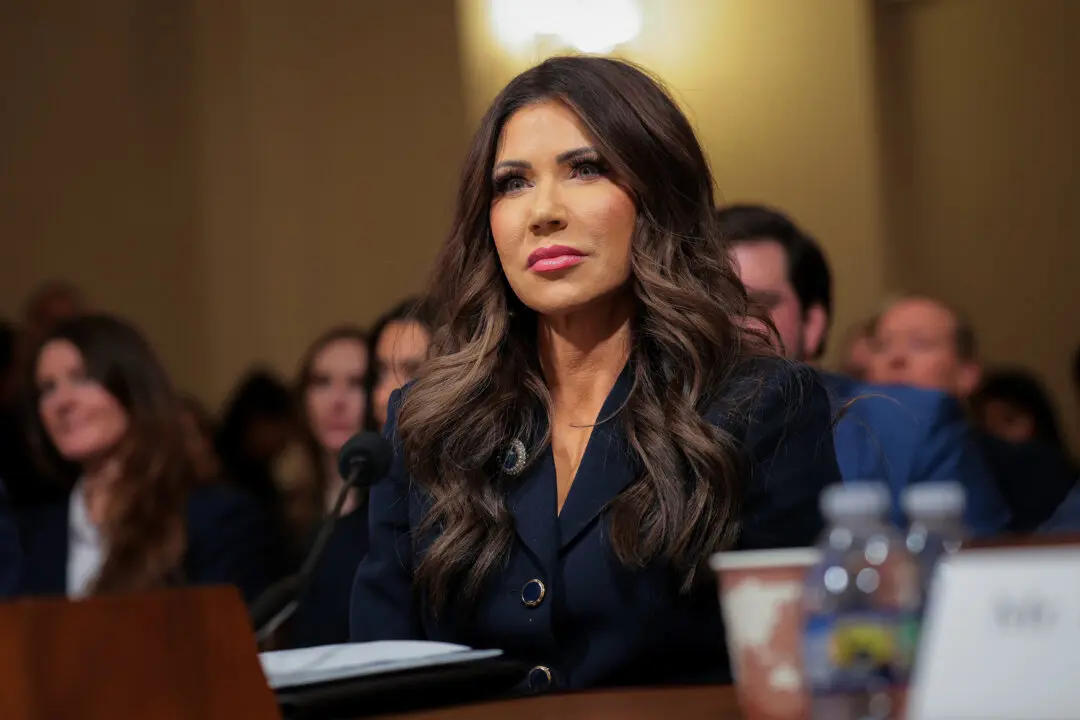Uptake of COVID-19 vaccines has been low so far in young children, with a small fraction of those newly eligible for a vaccine receiving one, according to new data.
In a pair of moves in June, the U.S. Food and Drug Administration (FDA) and the U.S. Centers for Disease Control and Prevention (CDC) made the Moderna and Pfizer vaccines available to children from 6 months to 5 years of age, and recommended virtually every child in the age group get vaccinated.






